The Orion & Orion PRO Gaming Headsets
The last 12 months have seen the inauguration of ROG's sound division with the launch of the Vulcan ANC headset, followed by the Xonar Phoebus and later the Vulcan PRO with ROG Spitfire USB audio processor. The latest addition to the ROG sound assembly is the Orion and Orion PRO headsets.
Both Orion models launch concurrently, with the difference being the PRO model features the addition of a cable tidy clip and the Spitfire USB audio processor that adds extra 7.1 virtual surround, FPS EQ mode and a headphone amplifier. The USB dongle needs no additional drivers, so it'll simply plug-n-play and give the same audio experience in any PC or laptop.
[gallery include="" size="large" link="file" template="file-gallery" columns="2"]
Where the Vulcan ANC is designed for serious-to-pro-gamers, the Orion headset is built more for all-round comfort. The 100mm circumaural, soft protein-leather cans fit snugly over the ears, while the ROG sound team went to lengths to test the optimum clamping force at min-to-max size, so even those who wear glasses can feel comfortable after long gaming sessions.
The Orions have an optimum clamping force that ranges from 355-390gw at 140mm, up to 404-483gw at 160mm. The team found that below 350gw pressure can affect the noise isolation, while above 500gw creates pressure and discomfort pretty quickly.
The Vulcan ANC provided both active and passive noise cancellation - requiring a battery for the active to work - however the Orions provide passive noise cancellation (PNC) only. This is achieved through complete isolation of your ears from the outside world, within the large cup. The cancellation effect is therefore less aggressive and suitable for those who don't game in loud environments, yet the Orions are still rated at up to 30dB noise reduction.
In addition to the clamping force and softness of touch, lightness is also a key element in design. The Orion's may look large and use 'big' equipment such as 50mm neodymium drivers, but they are only 268g in all.
Obviously the main requirement of any headset is sound quality. Instead of many small speakers, the ROG sound team focused their efforts on tuning a pair of large neodymium speakers. The speaker's frequency response and total harmonic distortion was tuned and minimized respectively in an anechoic chamber, using a specialist mannequin with audio analysis computer built inside.
The frequency response was gently tuned in the 50-230Hz bass region and 3.7KHz-12KHz treble region, which are synonymous with audio typically found in gaming titles, such as footsteps, explosions, gunshots and engine rumbles. This not only adds punch to the game audio, it also enhances the acuteness of positional accuracy.
Frequency Response
THD
The noise filtering microphone is retractable into the ear cup itself, and when extended it can be bent and angled as needed. Along the 2.5m braided cable is the in-line clip with volume control and mute button.
[gallery include="" size="large" link="file" template="file-gallery" columns="2"]
We'll be unboxing the Orion PRO's later this week on ROG site, but if you have further questions please drop them in our forums!
Author
Popular Posts

How to adjust your laptop's P-Cores and E-Cores for better performance and battery life
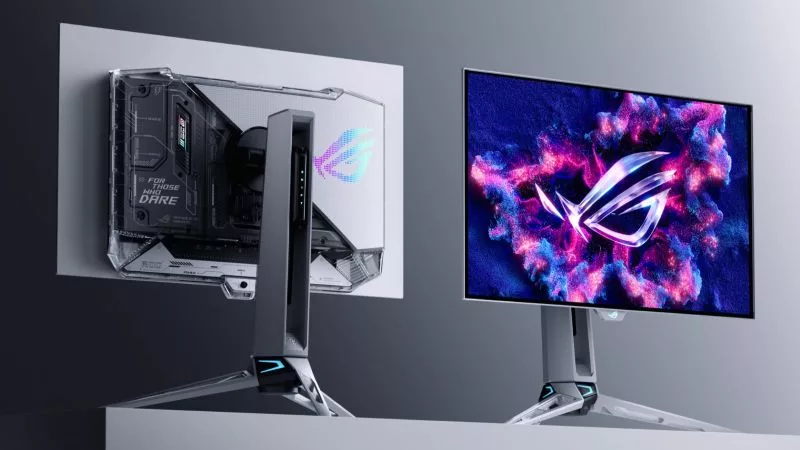
Prepare for Tandem OLED splendor with these new ROG gaming monitors

How to Cleanly Uninstall and Reinstall Armoury Crate
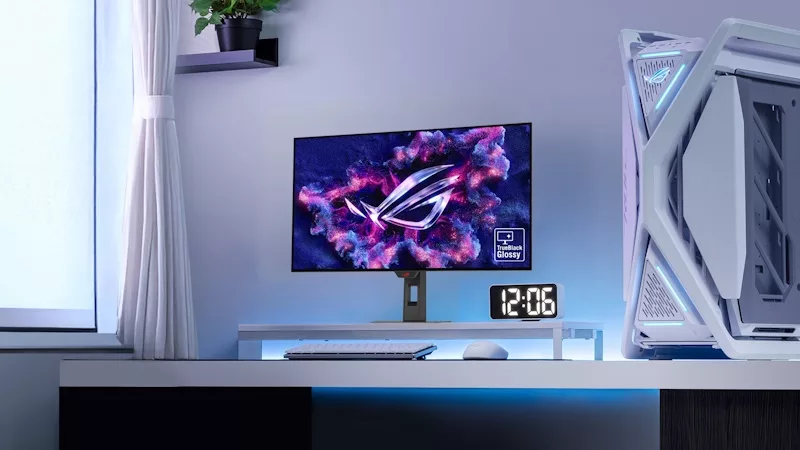
32-inch glossy WOLED panels debut in the ROG Strix OLED XG32UCWMG and XG32UCWG gaming monitors
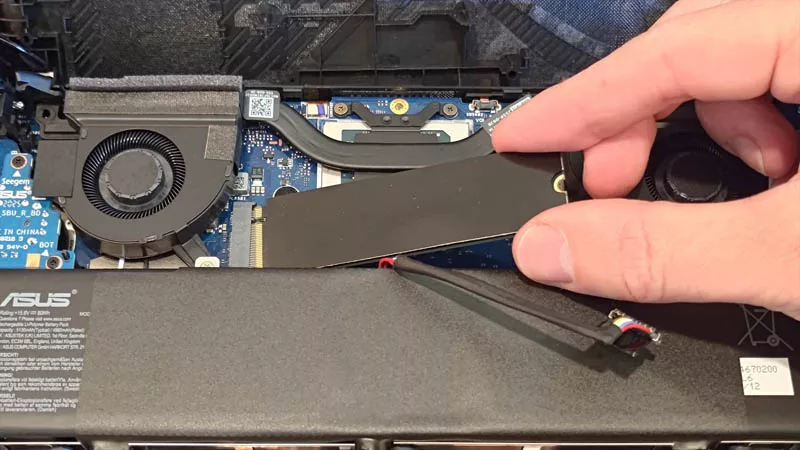
How to upgrade the SSD and reinstall Windows on your ROG Ally, ROG Xbox Ally, or ROG Xbox Ally X
LATEST ARTICLES

Take your ROG allegiance to the next level with an OMNI action figure
The Republic of Gamers’ famed mascot, OMNI, comes to life through two new collectible action figures.

With the ROG NUC, your only limit is your own creativity
The small size, potent performance, and versatile connectivity of the ROG NUC makes it a perfect fit for a wide range of scenarios.
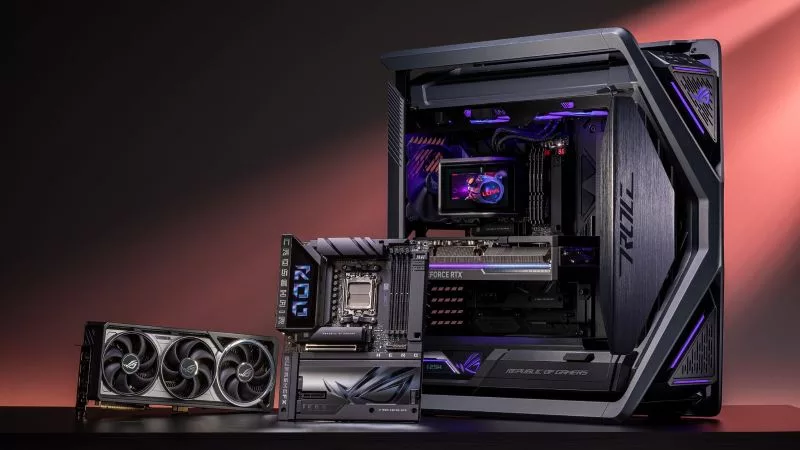
Graphics cards, monitors, motherboards, and more: everything ROG announced at Gamescom 2025
ROG is a making a splash at Gamescom 2025 with a new Matrix graphics card, Hatsune Miku gear, and much more.

Hatsune Miku and ROG deliver a killer lineup of gaming hardware
Hatsune Miku and ROG are teaming up to give you gear for the ultimate vocaloid-themed gaming PC battlestation.
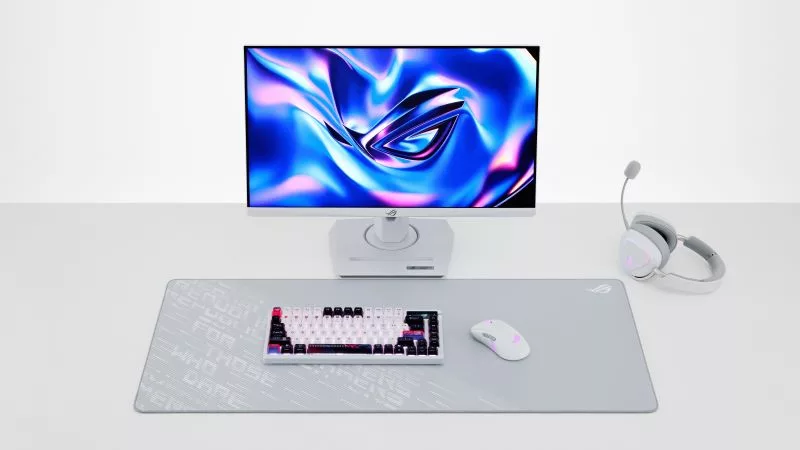
Brighten up your battlestation with new white ROG peripherals
Whether you want frosty peripherals to stand out amongst your hardware or blend in with your Moonlight White setup, we have you covered.

All the new gaming gear revealed from the ROG Lab at CES 2025
ROG is going harder than ever in 2025. Here's everything we announced at the Consumer Electronics Show this year.





